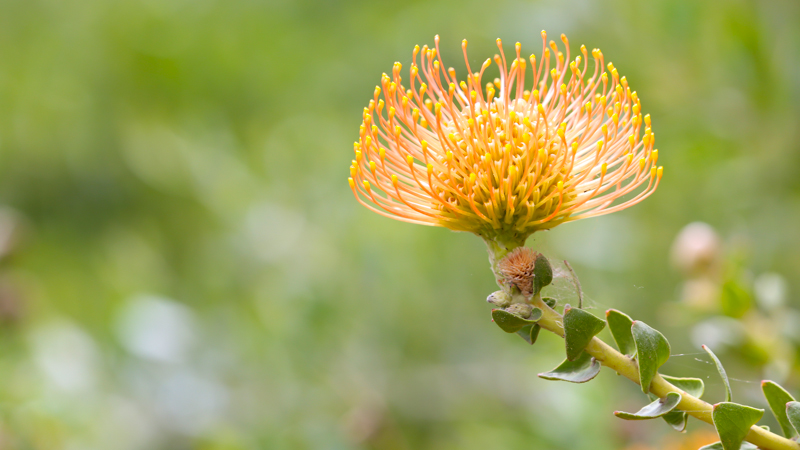
A traditional migrated Japanese haiku is an observation poem that is rooted deeply in the ebb and flow of nature and its seasons, festivals and traditions. It is an image recorded in words instead of in a photograph but bearing the same faithfulness to the observed.
Its structure is as follows:
- three lines - 5/7/5 syllable count
- cut-marker (kireji)
- season/festival/celebration reference (kigo)
- phrase and fragment (comparison)
Example:
tell me all, O elm!
tell me tales of leaf and stem
and of metal streams
hansha teki
SUBMISSIONS
Please email submissions of traditional haiku to This email address is being protected from spambots. You need JavaScript enabled to view it.
A one-line haiku is intended to be read as an unbroken line with no specified pause indicators. While they may often be able to be broken up into a classic three line form, they nevertheless allow for different readings depending on how the reader chooses to follow the poem's movement through its possible syntactical variations that would be lost if not retained in its one-line form. Others embody a singular headlong movement along the line through the images it contains bridging no pause or break to carry its effect.
Two examples:
what became deeper of you i let in
as an and you and you and you alone in the sea
Dr. Richard Gilbert
